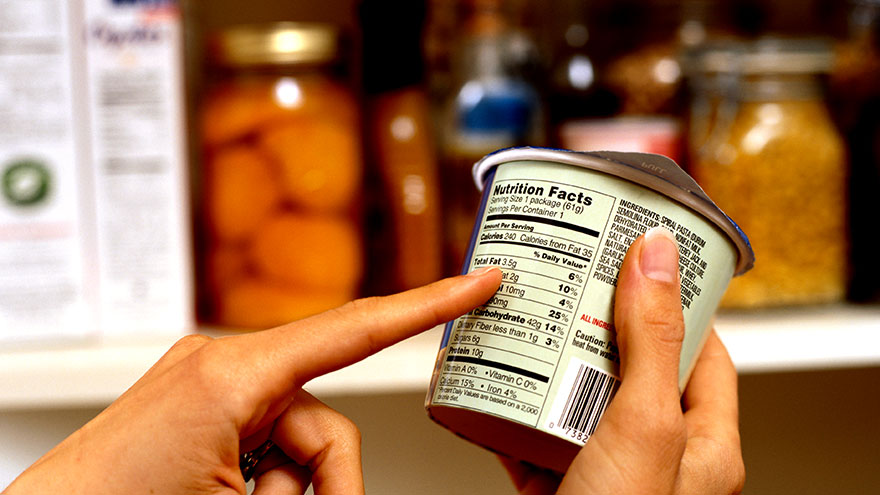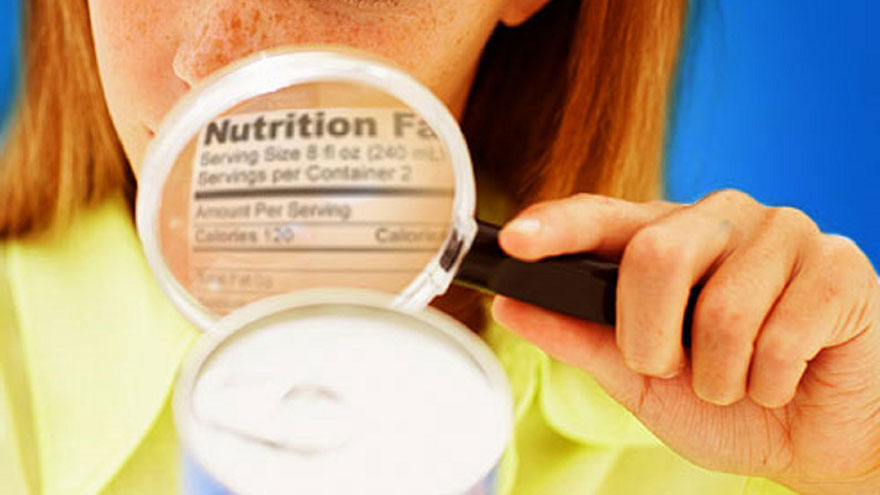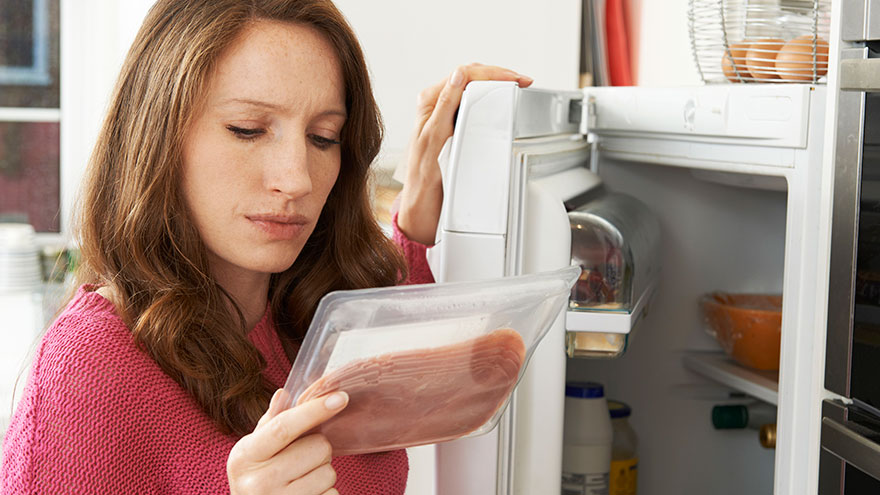Understanding Food Expiration Labels
Americans waste more food than any other people; about half our food gets thrown out. According to a study conducted through the USDA, we toss 14% of our purchased food – and 15% of that food is perfectly edible.
To help prevent waste in the commercial kitchen or at home, it’s important to understand food expiration labeling.
Sell By
“Sell by” dates tell merchants how long to keep the product on the shelf. This is not an indicator the product will spoil after the given date; it’s merely a guideline for when the product will become less fresh and tasty.
There is one possible exception to this: Meats with a “sell by” label should generally be either frozen or consumed before the date passes.

Best if Used By or Best Buy
This is another date that only tells you about the quality of the product. If you use the product by the indicated date, it will be most fresh and flavorful.

Guaranteed Fresh
Food is still safe after this date, but the quality may be sub-standard.

Use By
Once again, using the product by this date indicates it will be of higher quality than if it’s consumed after the given date.

Born On
This indicates the date of manufacture. For some products, like beer, it can help you determine quality. (Beer has the potential to be less than its best after three months.)

Pack
Canned foods often have this label, but it’s designed for the manufacturer’s use, not consumers. It has nothing to do with quality or safety.

Expires On or Expires By
Foods with an expiration date must be eaten by that date or they may not be safe to eat at all.
There are two exceptions to this rule:
If the product is freezable and is frozen before the expiration date, it may be consumed later.
Also, eggs are safe for up to five weeks after their expiration date.

General Guidelines
Meat should be cooked or frozen within three days of purchase. Fish or ground meat should be used within two days.
Butter can be kept unopened for up to two months.
Milk is generally safe up to one week after the “sell by” date.
Hard cheeses can be kept unopened for up to four weeks, while soft cheeses are really only good for a week.
Baking powder should be replaced every six months or so. To test if it needs replacing, mix 1 teaspoon of baking powder with ½ cup of hot water. It should bubble instantly.
Baking soda should also be replaced regularly. Test it by dropping ¼ teaspoon into 2 teaspoons of vinegar. It should bubble instantly.
High acid canned goods can be stored unopened for about 18 months; low acid canned foods and meats are good for up to three years.
Avoid Waste
Every cook can avoid wasting food by:
- Planning meals ahead of time and using perishable ingredients within days of each other. For example, when you buy fresh cilantro for Monday’s dinner, be sure to plan a meal for Tuesday or Wednesday that will use up the rest of the herb.
- Freezing more perishable items. Unless you know for certain you’ll be using a perishable item like meat or milk within a couple of days, put it in the freezer. It will last much longer that way.

Check out the video version of this article on YouTube : Understanding Food Expiration Labels

